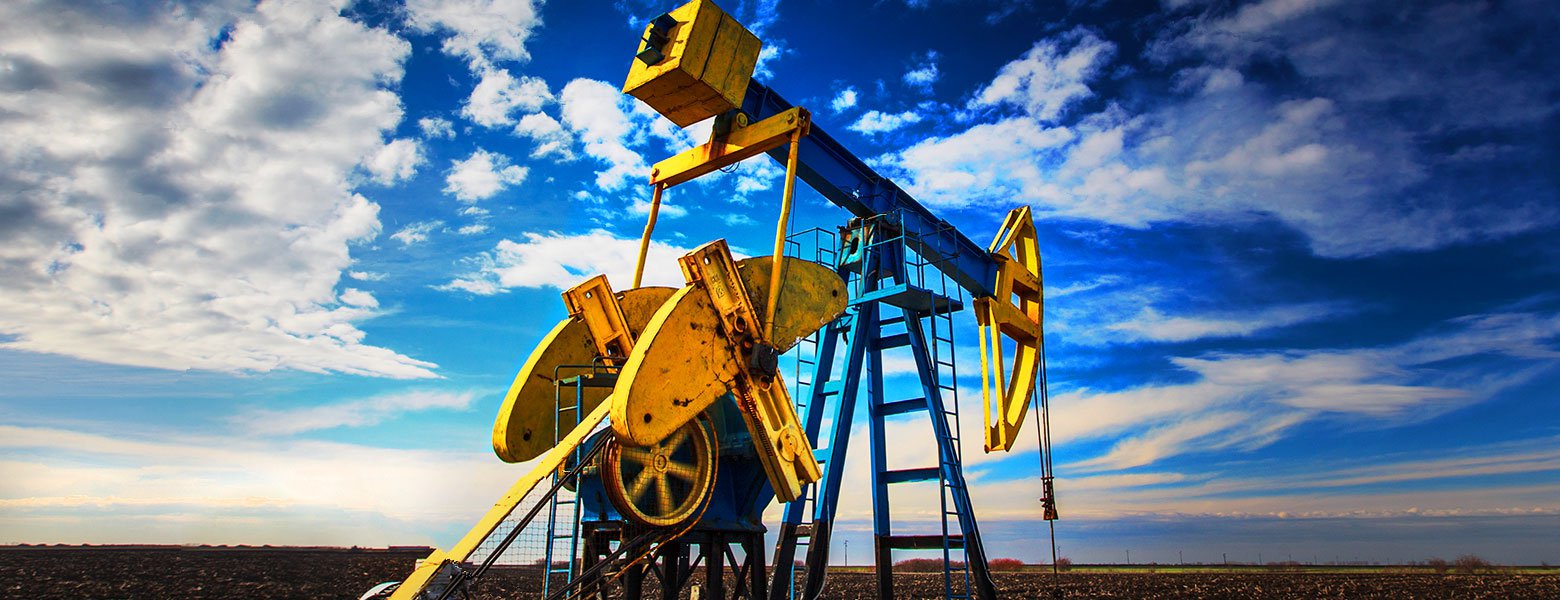U.S. Oil and Gas Supplies Surge
The U.S. on track to become world's second-largest oil producer
- February 16, 2018
- Steven Simmons

The United States is on track to unseat Saudi Arabia as the world’s number two oil producer, and may even catch Russia, the number one producer, later this year.
In the last few years, oil prices remained low as Saudi Arabia and other OPEC member nations kept production levels high in an attempt to drive out shale oil producers. However, many U.S. producers were able to weather the low prices by cutting costs and improving hydraulic fracturing technology. Recently, as OPEC began to cut back on production in order to raise prices again, the U.S. supply has surged and kept a ceiling on how high prices can go. This is a new dynamic, making the U.S. an important world player in oil. Much of this recent surge of U.S. oil is from the shale fields of the Permian Basin in Texas and New Mexico.
The U.S. is already a major world player in natural gas, and as domestic producers extract more oil, natural gas production will also rise due to gas that is associated with the oil deposits. Natural gas production in the U.S. remains so strong that the U.S. is now exporting liquefied natural gas to China to help meet that country’s surging demand as they move away from coal.
Beyond exports, what are some potential impacts of all this domestic fossil fuel? Large supplies of domestic oil will help to keep gas prices at the pump stable. Continued low and stable prices for natural gas used as fuel to generate electricity could also drive lower overall wholesale electricity prices well into the future.
While low and stable gas prices at the pump may discourage some consumers interested in buying an electric car, a greater barrier to widespread adoption of EVs may be a scarcity of fast charging stations across vast transportation corridors. The state of Colorado is rolling out a roadmap to build out a network of fast-charging EV stations across the state. Colorado is very similar to Oregon in terms of the number of EV vehicles in the state – around 12,000. They have some quantitative targets to hit for high and medium growth (204 and 632 stations).
The Council monitors fuel prices for the forecasts it uses in its power planning work and will continue to keep the region updated on the latest trends.


